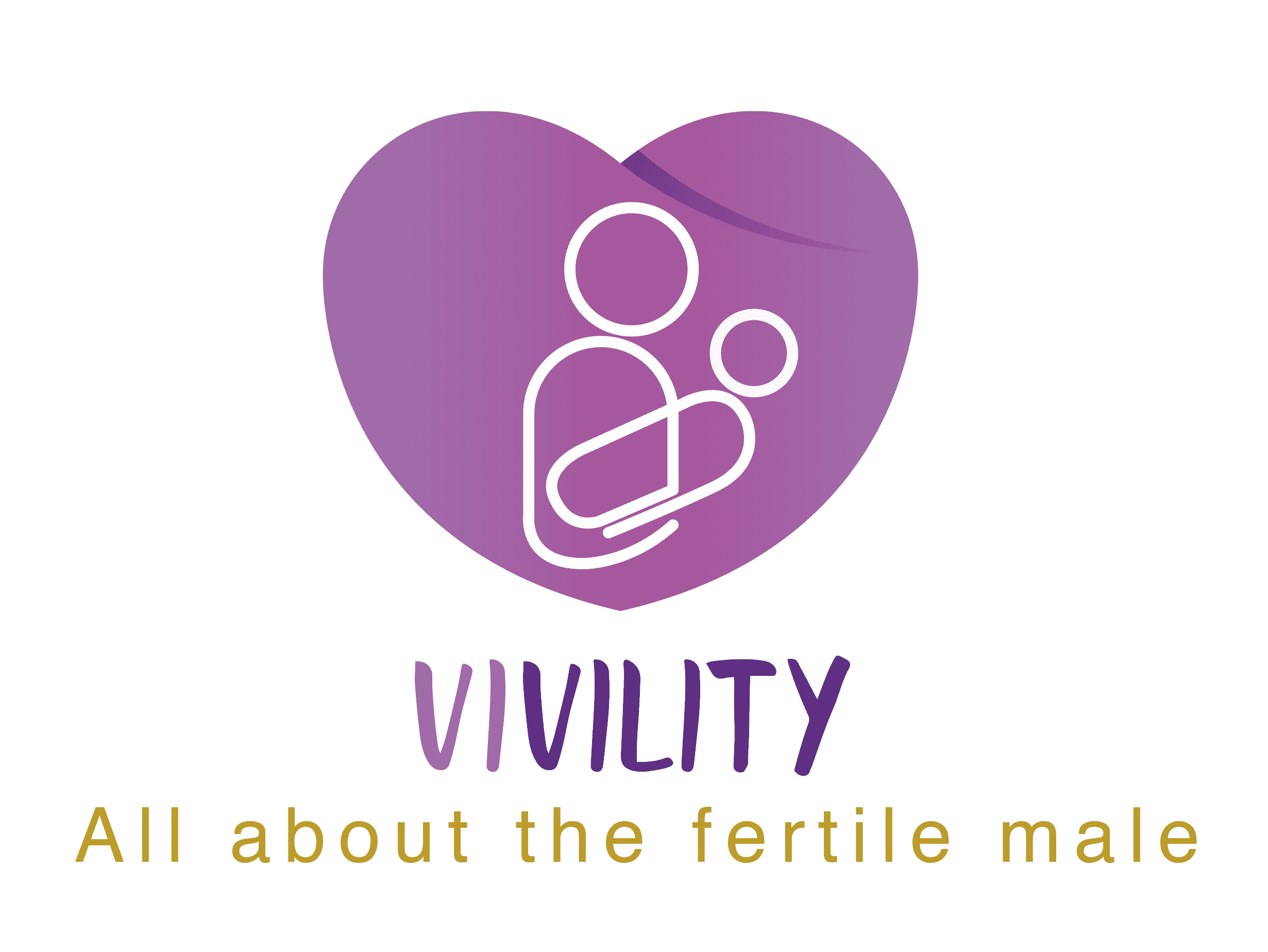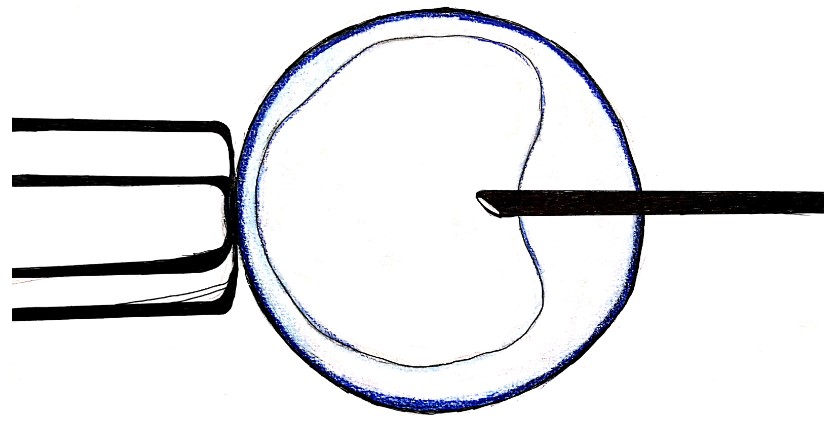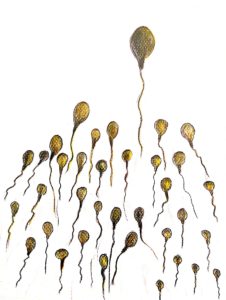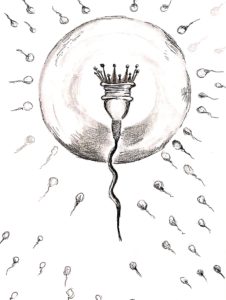The human genome, our DNA, is made up of 23 pairs of identical chromosomes. While all of these chromosomes are present in every cell of our body, in each cell different parts of the genetic material are switched “on”, thus allowing unique cell types.
Normally, each pair of chromosomes contains two copies of the same set of genes. Sometimes, abnormal changes occur in chromosomes, known as chromosomal aberrations. Among these changes are chromosomal translocations.
A translocation occurs when a piece of one chromosome relocates to a different chromosome, one which is not it’s identical pair. This translocation can be balanced or unbalanced. A balanced translocation implies that an even exchange was made between two chromosomes, even though they are not identical—the same amount of genetic material was transferred between the two, in both directions. In cases of unbalanced translocation, the exchange between two non-identical chromosomes resulted in either extra or missing genetic material.
Chromosomal Translocation and Male Infertility
Chromosomal translocations in males may lead to smaller testicles and lower testosterone and have been shown to interfere with sperm development. As a result, they sometimes affect sperm count and/or quality. Some males with chromosomal translocations will be azoospermic, with no sperm cells. Others will have normal or nearly normal sperm counts, however, he and his partner may experience recurrent miscarriages.



